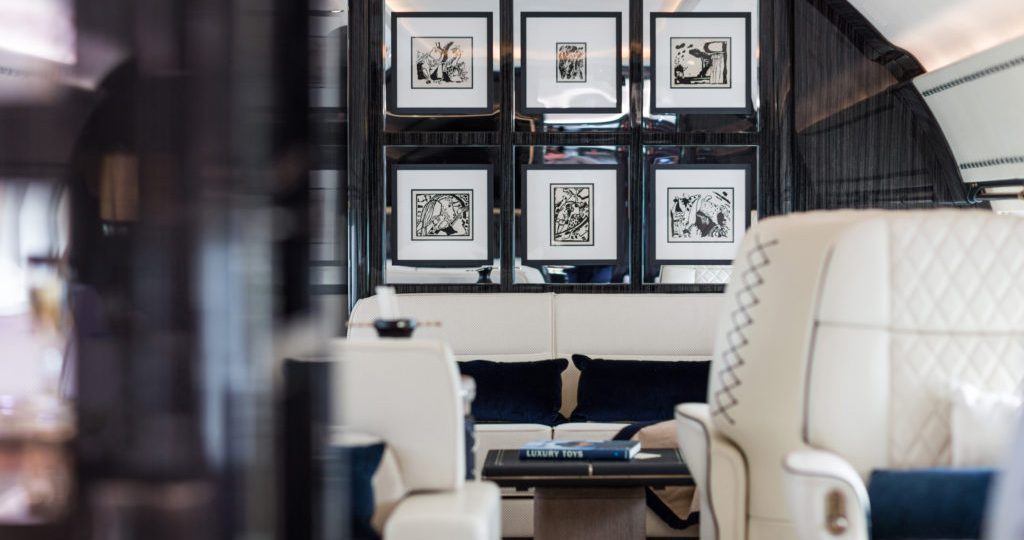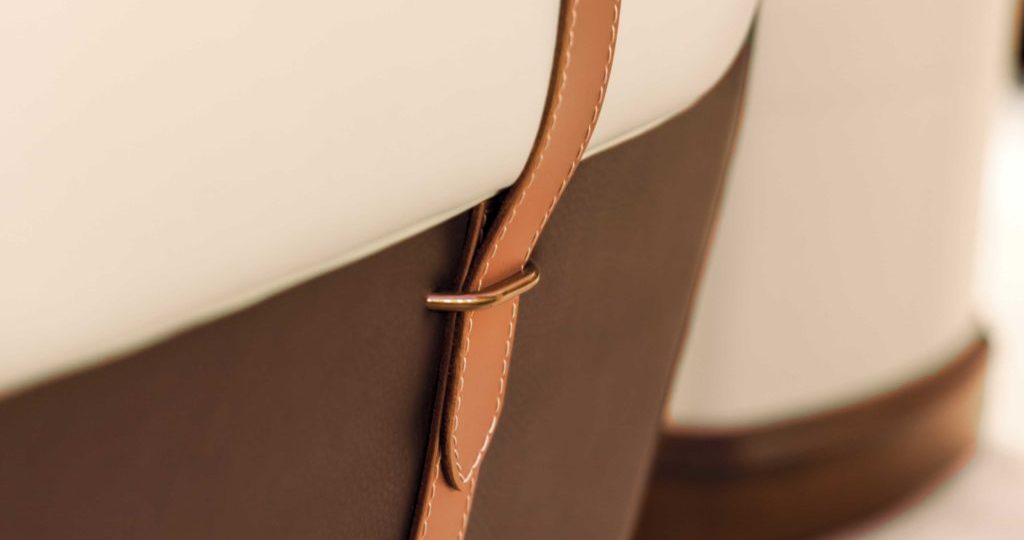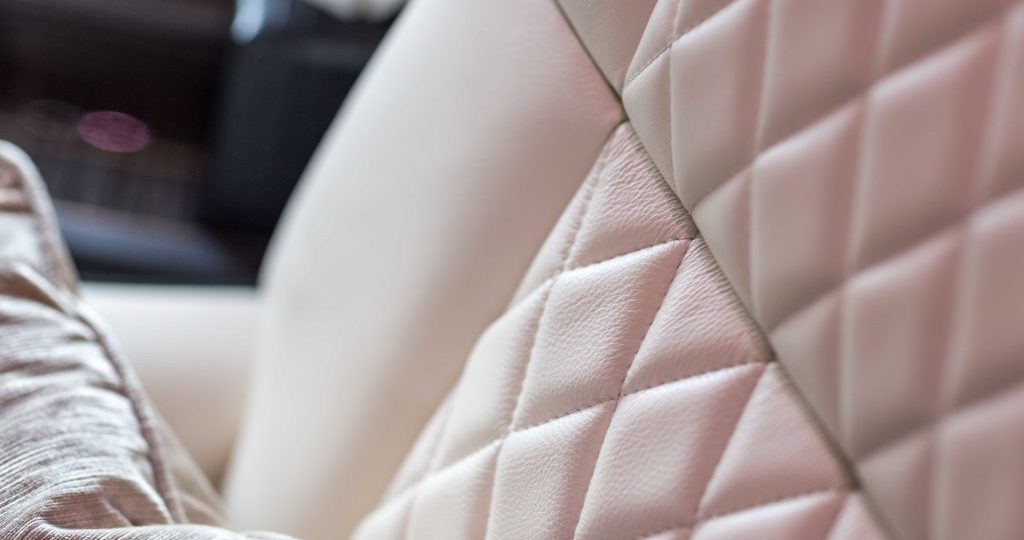Designing greener aircraft qualifications


At Winch Design we have made environmental decisions a priority. Within the company, we have introduced policies on minimalising plastic use, increasing recycling and ensuring the company is as eco-friendly as we can make it. In addition, we work closely with the charity Blue Marine, which is working to solve the crisis in our oceans by providing innovative solutions to overfishing and enabling the creation of marine reserves.
The industry as a whole is becoming more ecologically aware and customers are pushing manufacturers, suppliers and designers to ensure that their aircraft are as environmentally friendly as is possible.
We take this approach through to our work with our clients. When tasked with designing a business jet interior, we look carefully at the materials we are selecting and how they are made. We consider the manufacture, sustainability and recyclability of each material. These are the three key areas in which we can help to minimise the environmental impact of the cabin design and fit out.
For instance, when choosing leather we question our suppliers to ensure their production processes are modern, efficient and safe. Are they using ecologically safe dyes and chemicals? How do they dispose of them? Do they make efforts to lower material wastage? What’s the carbon footprint of the leather? Are they doing all they can to reduce this?
Sustainability is key
If we select a special finish, such as a mother of pearl, we want to ensure that it comes from a sustainable source and that it has the correct certification to show its provenance. We try to source finishes from companies with ethical approaches, using where possible, localised products, putting money back into local areas and hopefully creating a smaller carbon footprint.
Similarly, we consciously only select wood veneers from species that are rapidly-renewable and avoid using rare or endangered species in our designs. We use LED lighting solutions throughout the jet, as are much lighter and very energy efficient.
We are also interested in the longevity of the materials that we specify – are they hard wearing? Will they wear out with constant use or will they still look as good now as they will in 10 years time. We also consider the end-of life recyclability of a product – can it be easily recycled, and does it have the potential to be re-used.
Where possible, we look to use natural materials with environmentally friendly glues and lacquers and there are many excellent products on the market, with more available all the time. For instance, bamboo-silk carpets area natural, durable and feel luxurious. Organic cotton for cushions, bedding and accessories is great as it is grown without harmful pesticides and synthetic fertilisers as well as being a beautiful product!
We are also interested in the longevity of the materials that we specify – are they hard wearing? Will they wear out with constant use or will they still look as good now as they will in 10 years time. We also consider the end-of life recyclability of a product – can it be easily recycled, and does it have the potential to be re-used.
Natural fibre composites, using fibres of vegetable origin, are currently being researched for use in aircraft interior panels. These would replace synthetic fibre composites, such as fibreglass. Safety is always a prime concern in aviation, and development has shown that, generally, natural products tend to be better at passing burn tests.
With the increasing range of tried and tested environmentally-friendly materials available to aircraft designers, the client never has to forgo either quality or aesthetics to have a greener aircraft. With careful research and selection, the eco-friendly materials can be every bit as luxurious and beautiful as conventional materials, offering quality and durability that is as good or better, making them the best alternative in many situations.










